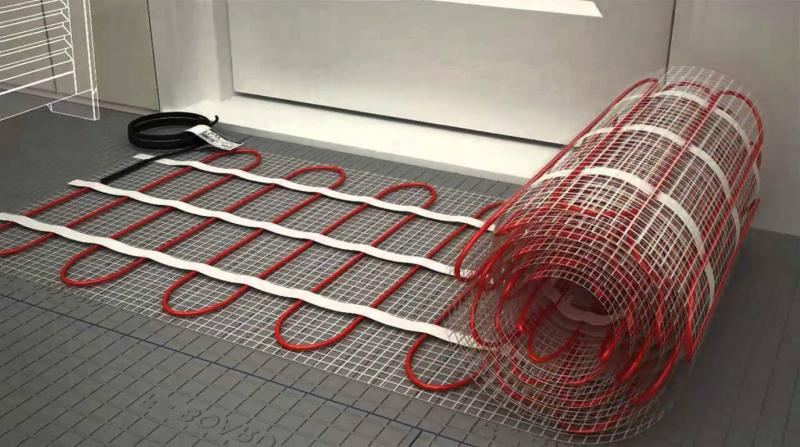How to handle dry gypsum screed
Hello.
I made a dry screed in the whole apartment: I covered it with expanded clay and put GVLV in 2 layers on top, gluing them and pulling them together with screws. I got a flat monolithic two-centimeter plate lying on expanded clay. In some places there are smooth deflections of 2-4 mm by 3 m, which is completely uncritical. Tell me, please, do I need to prime this moisture resistant floor base before gluing PVC tiles? If so, with what soil? Or is it enough just to carefully dust the surface with a broom and a damp cloth (since you don’t want to kill a household vacuum cleaner)?
Alexander.
Expert Answer
Good afternoon, Alexander.
To make the base of the floor from gypsum-fibrous sheets with expanded clay insulation is a true and very successful decision, given that you have chosen PVC tile as the finishing material. The dry screed has high strength, moreover, its even surface makes it much easier to level the subfloor before finishing. The fact that you have decided to use more expensive moisture-proof sheets of HVLV, not only in the bathroom and in the kitchen, but throughout the apartment, suggests that the financial side of the issue is not a problem in this case.
Now regarding the main thing. I personally recommend priming the surface of the gypsum board before the final stage of floor repair, and here's why. Firstly, the primer, although it doesn’t really penetrate the GVLV structure, nevertheless creates an extremely strong, hard film on the surface of the panels - due to this, adhesion with glue will significantly improve. In the future, you will be able to repeatedly verify the correctness of the decision made - as a rule, by the absence of peeling edges on the tile, as well as swelling and bubbles on the surface of the finish coating. Secondly, in order to get a perfectly smooth, beautiful floor, you will definitely need to putty the places of GVLV fastenings, joints of plates, as well as various defects and roughnesses of the base. As in the first case, the use of a primer will allow you to create a durable and reliable layer of putty in the right places. Thirdly, a polymer film on the surface of gypsum fiber sheets will significantly increase their moisture resistance. And finally, fourthly, you still can not do without dust removal of the surface with a damp cloth or brush. So why not combine this process with a qualitative improvement in the foundation? Given the not so high cost of the primer, you should not neglect this possibility, even if you are dealing with GVLV - an additional "margin of safety" will never be superfluous.
And the last one. Any deep penetration acrylic primer is suitable for processing a subfloor. For example, popular among home craftsmen “Soil No. 6” from Artisan or Putzgrund from Knauf.



